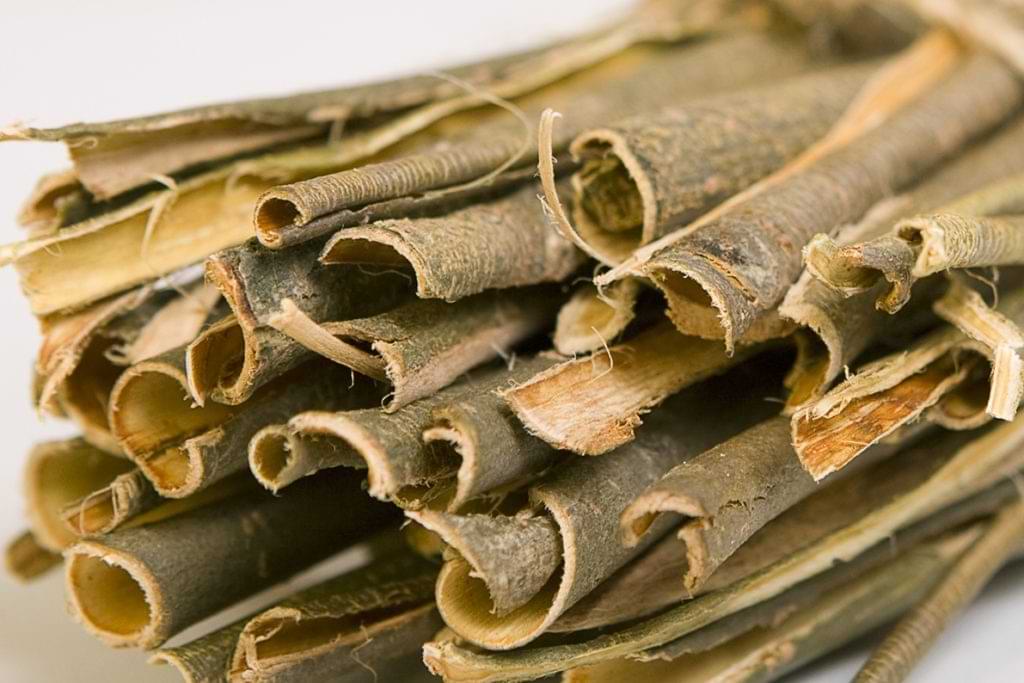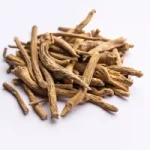
White Willow Bark: Nature’s Aspirin
White Willow (Salix Alba) is an ancient plant popularly recognized for its analgesic and anti-inflammatory properties. For thousands of years, white willow bark has been used as an infusion as a natural method of relieving pain and fever. According to historical records, this analgesic plant may have existed for 500 years BC. Native to Asia, Europe and North America, the genus Salix contains 400 species.
In addition to being used in Greco-Roman antiquity as a natural analgesic, white willow bark assumed great importance in indigenous culture. These use it to combat the symptoms of rheumatism and reduce chills. White willow bark contains salicylic acid, a chemical compound also found in aspirin. In addition, it is a short-lived plant that depends on moist soils. Hence, its development is near lakes or rivers.
Discover more facts about white willow, a powerful nature’s aspirin, full of benefits for your well-being. Good reading!
White Willow Bark Benefits
White willow is not only important for humans, but even for animals. Did you know that this tree is essential for the survival of butterflies and bees? Although it is a little discussed function, the fact is that Salix alba has a nutritional potential relevant for the survival of more than 200 species of insects. Interesting, isn’t it?
On a therapeutic dimension, white willow can be an excellent ally in improving symptoms caused by respiratory, intestinal, joint and muscle inflammation. By acting as a natural analgesic, Salix alba can promote the relief of menstrual cramps and pain, in addition to the possibility of improving mood. White willow may contain relaxing properties that can help combat insomnia and relieve symptoms caused by anxiety.
Although associated with aspirin, white willow tea takes longer to work. However, it proves to be more effective in prolonging pain relief. This therapeutic connection with aspirin may indicate that white willow bark contributes to improving blood circulation. In addition to influencing the prevention of cardiovascular diseases. This natural tea can be used as an auxiliary method in reducing the discomfort caused by chemotherapy.
Drinking white willow tea may contribute to the auxiliary treatment of the following situations: diarrhoea, oral infections, uric acid, rheumatoid arthritis, night sweats, fever, osteoarthritis, tendinitis, colic, headache, varicose veins, foot pain and flu.
How to make white willow bark tea
To prepare this analgesic tea, you need to have a tablespoon of white willow bark pieces and a litter (1 L) of cold water. Start by putting the water in a container and adding the peels. Then, cover the container with a lid and heat until it boils. After boiling, remove it from the heat and let it infuse for about 5 to 10 minutes. Finally, just strain it and let it cool down a bit.
It is recommended to take 1 to 2 cups a day, after each main meal. Know that for every cup of white willow tea, you need to put a spoon of white willow bark. This is if you want to prepare white willow tea individually.
Before taking any natural tea, you should seek medical advice. This recommendation is because this tea has some contraindications for certain medical conditions. Drinking white willow tea may, in a way, worsen your health.
Be happy with the best teas in the world, and until the next article!
Chás do Mundo
“A Somantis, Unip. Lda é uma empresa fundada em 2005 e que atua no ramo alimentar, com especial incidência na importação e exportação de chás, plantas medicinais, acessórios, especiarias e produtos biológicos diversos. A nossa empresa faz-se representar pela marca “Chás do Mundo ®” que apresenta uma vasta gama de chás de elevada qualidade, onde conta com mais de 2000 variedades disponíveis, entre chás ortodoxos ou blends de diversas tipologias como o chá verde, chá branco, chá preto, chá vermelho, chá oolong, rooibos, plantas medicinais, tisanas, misturas de frutas, chás em saquetas simples, biológicos e de comércio justo.”








Sorry, the comment form is closed at this time.